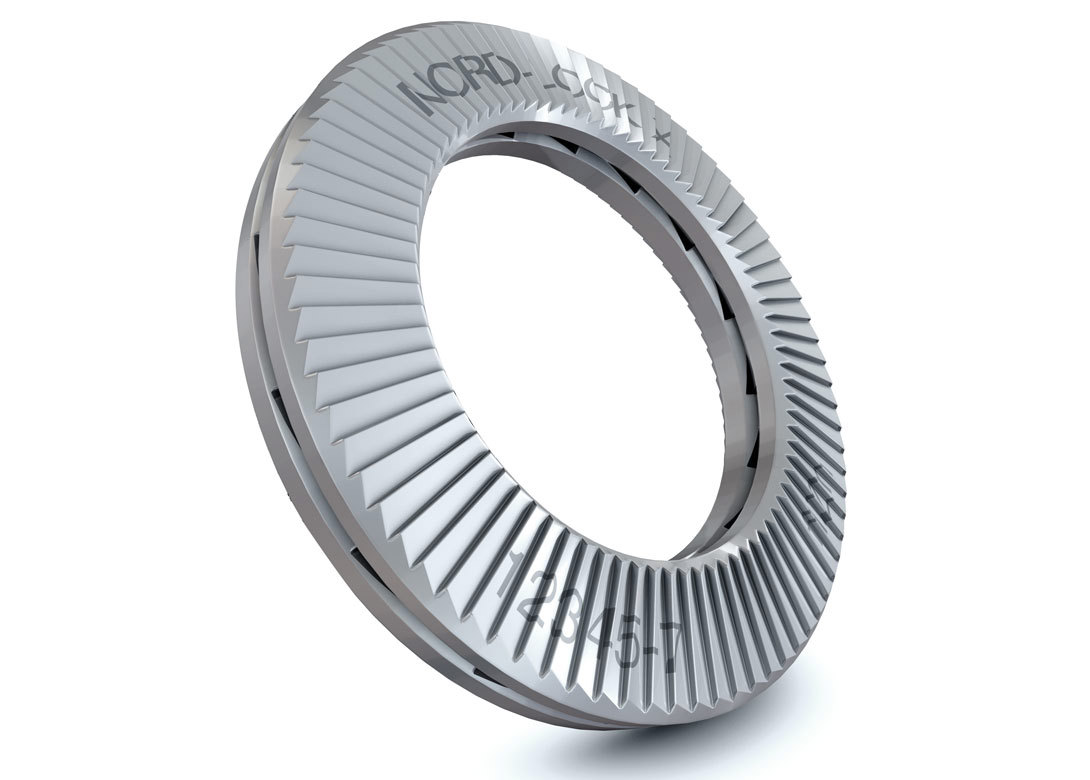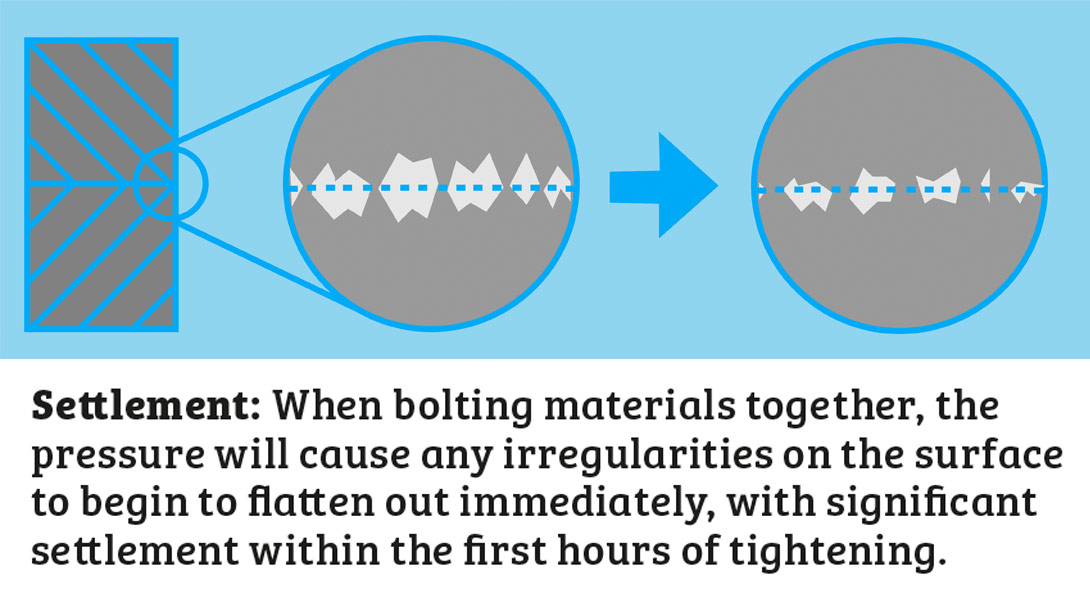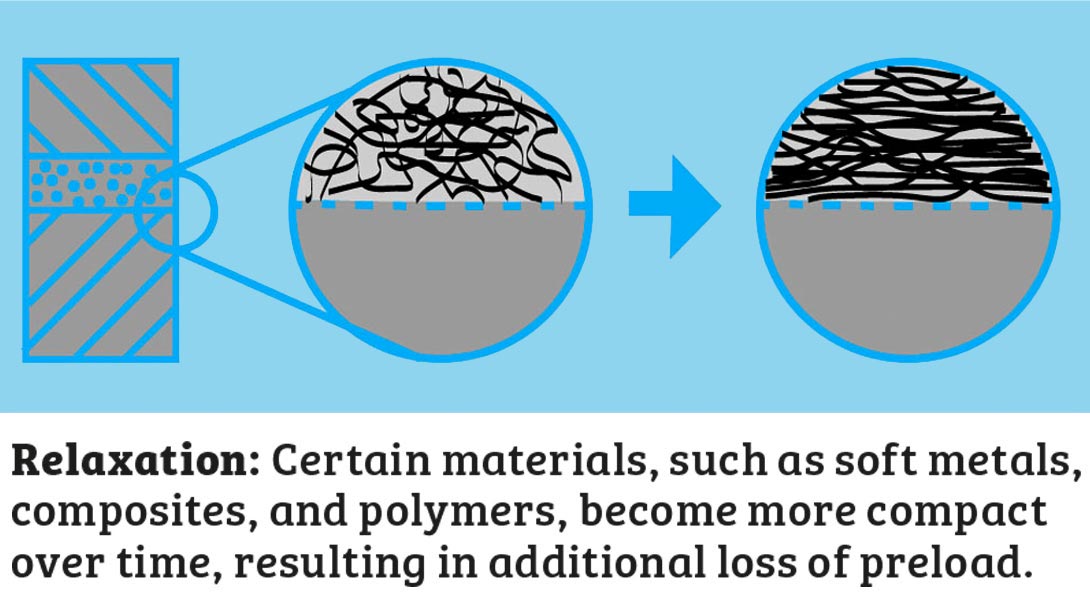
One of the main reasons for bolt loosening is slackening. Slackening leads to loss of preload which ultimately leads to bolt loosening. As the use of polymers and sandwich composite materials continues to increase in industrial applications, the problem with slackening will increase. But there is a solution.
Composite materials have an impressive strength-to-weight
ratio, and great corrosion resistance, and this makes them attractive in the search for lighter, better materials. Hence the use of components made of composites is constantly increasing and they can easily be found almost everywhere from cars to wind turbines and aeroplanes.
Adhesives are often used when assembling polymers and composites. Adhesives, however, make it difficult – if not impossible – to open the joined parts when needed. Therefore, the industry normally prefers to use bolted joints to allow facilitated maintenance. Bolted connections are, however, also affected by the new materials introduced in the joint and slackening becomes an increasing problem.
Slackening can be divided into three subgroups: Slackening caused by settlement; slackening due to relaxation over time; and slackening resulting from gradual temperature changes (creep).
Settlements are related to surface roughness and surface irregularities. The pressure on the clamped surfaces after pre-loading causes any irregularities on the surface to start to flatten. When the irregularities have been flattened out the parts will be less tight and the pre-load will decrease. If the reduction of pre-load is significant enough the joint may rotate loose. Low pre-load also increases the risk of fatigue failure.
 Relaxation occurs when materials become more compact over time, resulting in additional loss of pre-load. This is common for materials such as polymers, composites, copper and soft metals.
Relaxation occurs when materials become more compact over time, resulting in additional loss of pre-load. This is common for materials such as polymers, composites, copper and soft metals.

Creep is the tendency of a solid material to move slowly or deform permanently under the influence of stress. It occurs as a result of long-term exposure to high-levels of stress that fall below the yield strength of the material. Creep is more severe in materials that are subjected to heat for long periods and close to their recrystallisation temperature. Creep always increases as the ambient temperature rises.
There is a solution that counteracts these slackening effects so designers no longer have to worry about how to compensate for slackening in the joints. The Nord-Lock Group, a company specialised in bolt security, has developed a multifunctional washer called X-series. The conical shape of X-series washers creates an elastic reserve in the bolted joint to compensate for the loss of preload due to slackening. The elastic reserve is combined with wedge-locking technology, preventing the bolt from rotating loose due to vibrations and dynamic loads. The Nord-Lock X-series provides maximum safety for the joint even at a low clamp load. The multifunctional wedge-locking technology has a number of advantages over conventional bolt securing solutions. It ensures total bolt security and is ideal for applications that incorporate challenging materials, designs, and/or conditions.
The Nord-Lock Group is focused on making the world a safer place with secure bolting solutions. The Group offers a unique combination of bolting expertise and a comprehensive product range to provide the best suited solution to bolting challenges in all industries.

Will joined Fastener + Fixing Magazine in 2007 and over the last 15 years has experienced every facet of the fastener sector - interviewing key figures within the industry and visiting leading companies and exhibitions around the globe.
Will manages the content strategy across all platforms and is the guardian for the high editorial standards that the Magazine is renowned.
Don't have an account? Sign Up
Signing up to Fastener + Fixing Magazine enables you to manage your account details.